Coronavirus: Under 40s, peak transmitters of Delta strain, shifted to vaccination fast track
A revised vaccine strategy will fast-track jabs for adults under 40 while nearly halving coronavirus deaths and hospitalisations.
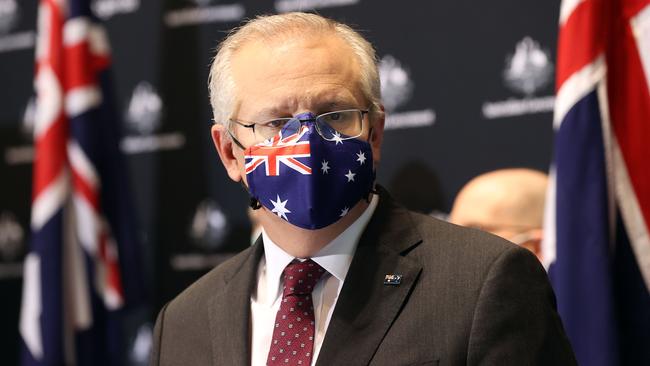
A revised vaccine strategy will fast-track jabs for adults under 40, considered the “peak transmitters” of the Delta strain, while nearly halving coronavirus deaths and hospitalisations under a 70 per cent inoculation target.
New health modelling guiding Australia’s post-pandemic recovery shows the retention of high-level testing, tracing and quarantine measures is critical to improving national health outcomes, while Treasury analysis shows that achievement of higher vaccination rates can reduce the cost of lockdowns by more than $400m a week.
After unveiling the vaccine thresholds needed to guide Australia through national cabinet’s four-phase reopening plan, the Prime Minister said on Tuesday new Doherty Institute modelling showed that deaths, hospitalisations and infection rates would be on par with the flu once Australia achieved a vaccination rate of 80 per cent.
The Doherty report, which recommends low-level social restrictions throughout the four-step reopening plan, found “rapid epidemic growth is expected at 50 and 60 per cent vaccine coverage” before transmission substantially reduces by the 70 and 80 per cent targets.
Mr Morrison said the focus of governments and health officials would shift when Australia moved out of the current suppression phase, with the second and third stages of the national cabinet strategy envisaging a “change in what we’re managing”.
“The plan shifts in phase B, and further in phase C, where our focus is on managing hospitalisations, serious illness, and of course avoiding those fatalities,” Mr Morrison said.
“Those outbreak scenarios which Doherty modelled indicate that when you get to that 80 per cent (target) … then you are dealing with a scenario that is not unlike living with an infectious disease like the flu.”
Doherty Institute director of epidemiology Jodie McVernon said the modelling showed that, if some social measures were kept in place and public health capacity was maintained, Australia could reduce adverse outcomes 100-fold. In the first 180 days of a breakout with 70 per cent of the population vaccinated, only 16 people would die if effective tracing, testing and quarantine arrangements were in place. However, this would rise to nearly 2000 deaths if ineffective arrangements were in place.
Professor McVernon said mask wearing was not included in the Doherty Institute’s analysis of ongoing Covid-19 restrictions, which focused on social-distancing measures.
“The types of restrictions that we’ve described and consider in terms of the transmission potential are really around something where there are no stay-at-home orders, there are some social-distancing rules and the two-square-metre rule,” Professor McVernon said.
“There’ll be caps on numbers of people in stadiums and workplaces and things like that. “
Lieutenant-General John Frewen, commander of the national vaccine rollout, said on Tuesday he had developed a plan to get younger cohorts vaccinated sooner with Australians aged 30-39 brought forward to this month and the 16-29 age group from October.
“That is absolutely able to be accommodated within the campaign plan and we’re looking to bring on 30 to 39s, which is the next-highest priority as one of the key transmissibility groups from the end of this month, start of September,” he said.
Mr Morrison said the shift to vaccinate all adults had progressed from an initial focus on inoculating the “most vulnerable in the community”, with the modelling showing deaths and hospitalisations would be nearly halved under a strategy to vaccinate all adults as opposed to focusing on the oldest Australians first.
Modelling of the “all adults” vaccination strategy shows that 3084 people would be admitted to intensive care and 1984 people would die in the first 180 days of a major breakout, assuming a 70 per cent vaccination rate and only basic restrictions and tracing capabilities.
However, in the same scenario focusing on vaccinating the oldest citizens first, there would be 5002 ICU admissions and 3563 people would die.
Professor McVernon said the data showed it was imperative to encourage Australians aged 20 to 39 to get vaccinated. “This is the group now where we’re proposing the reorientation of the strategy,” she said.
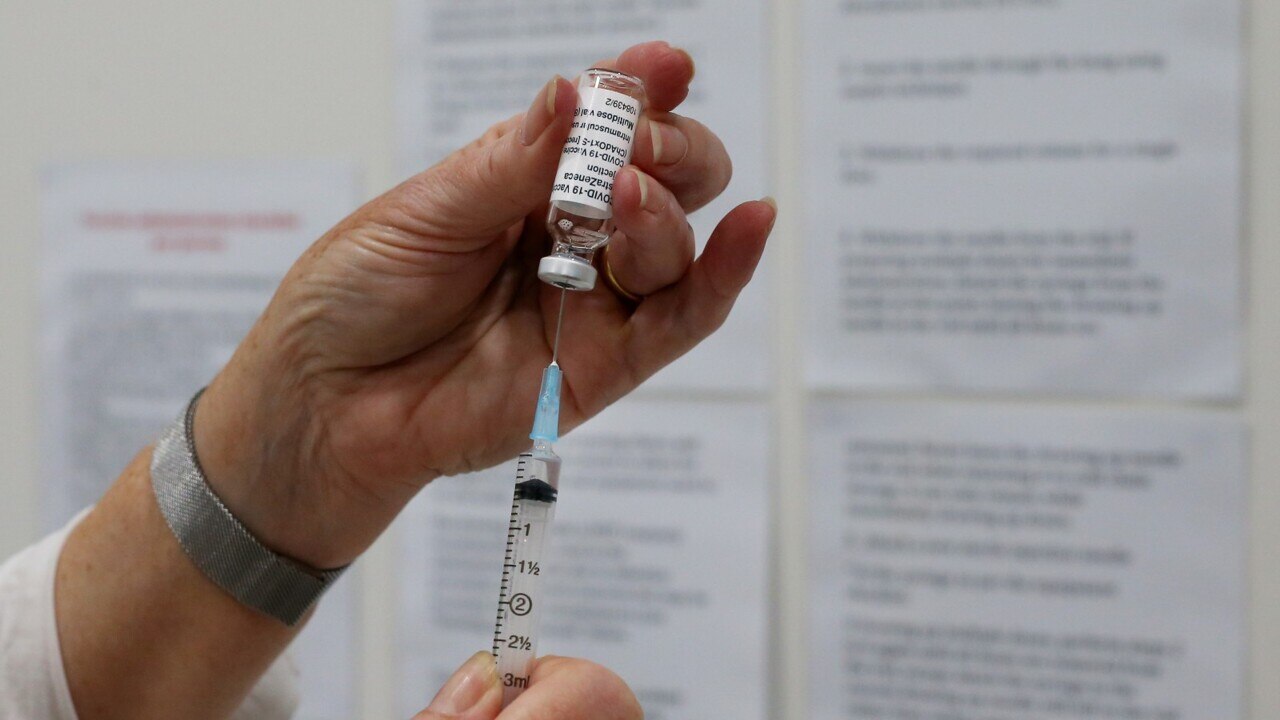
Treasury also released updated forecasts on Tuesday, based on the Doherty Institute vaccine scenarios, which outlined the impacts of Covid-19 restrictions and different levels of vaccine coverage on economic growth.
Josh Frydenberg said that if stage four restrictions, similar to those imposed in Victoria last year, were enforced across the country, the hit to GDP would be $3.2bn a week. Under stage three restrictions, the cost would be $2.35bn a week. The Treasurer said the ongoing cost of managing Covid-19, based on four scenarios between 50 and 80 per cent vaccine coverage, would range between $140m a week under stage three of the reopening plan and $570m a week if only half of eligible Australians were fully vaccinated.
“These numbers underline the imperative of Australians getting vaccinated,” Mr Frydenberg said.
“It is the way out of this crisis and it is the way to avoid in the future longer, more severe lockdowns. The second key finding or outcome from the economic analysis is that the economic cost comes down significantly, if governments work quickly to get on top of the virus. Early interventions, short, sharp lockdowns are the most cost effective way to handle the virus.
“What Treasury has found is that, at 50 and 60 per cent vaccination rates, it’s five times more costly should governments not move early to get on top of the virus. And that’s the short, sharp lockdowns that we’re now seeing in Queensland, that we’ve seen in Victoria and that was seen in South Australia.”
In relation to transmission, the Doherty Institute report said the focus should be on vaccinating the 20 to 39 age group rather than on children. “Expanding the vaccine program to the 12-15 year age group has minimal impact on transmission and clinical outcomes for any achieved level of vaccine uptake,” it said.
Pressed on NSW Premier Gladys Berejiklian’s ambition to increase the state’s vaccine coverage to 50 per cent before considering an end to the Greater Sydney lockdown, Mr Morrison said the Doherty research showed that “short, sharp” lockdowns were required. “In terms of breaking out of a lockdown, that is a different set of factors,” he said. “There is no doubt that, as vaccination rates rise, that tempers the ability of the virus to spread.”
Chief medical officer Paul Kelly said the existing strategy of “suppression with no community transmission” was designed to avoid severe illness and minimise pressure on hospitals.
More Coverage
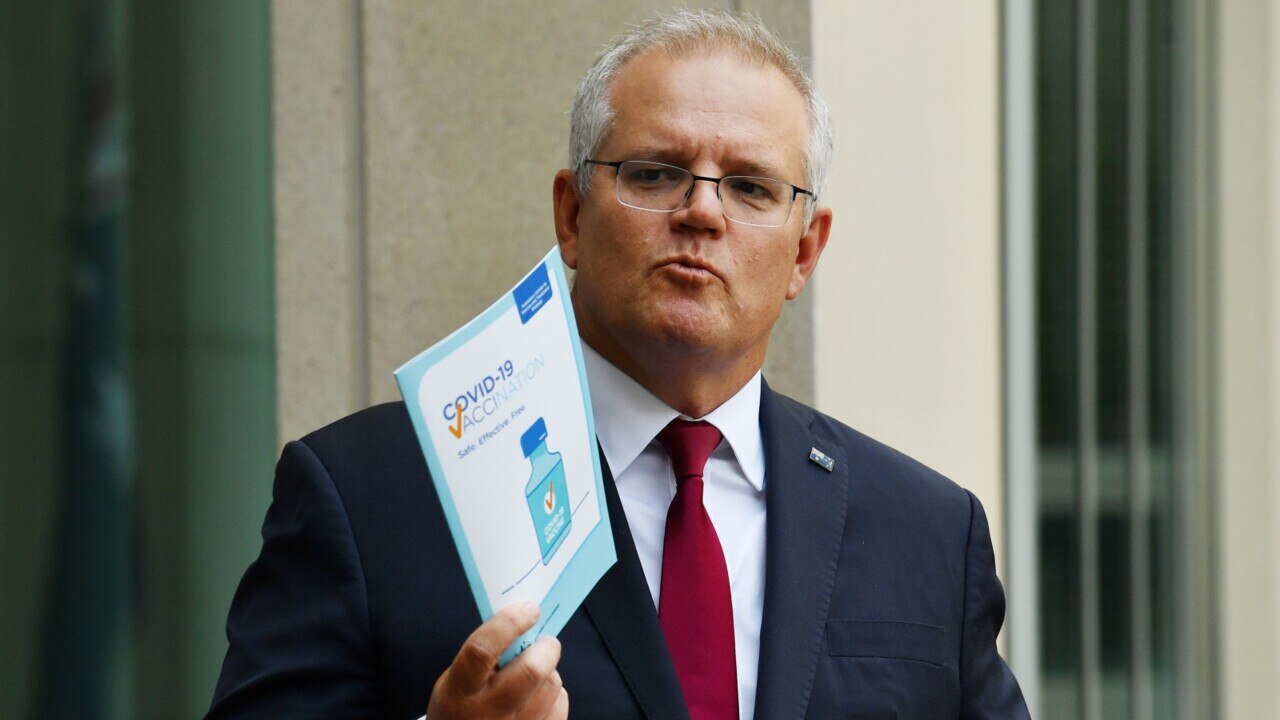

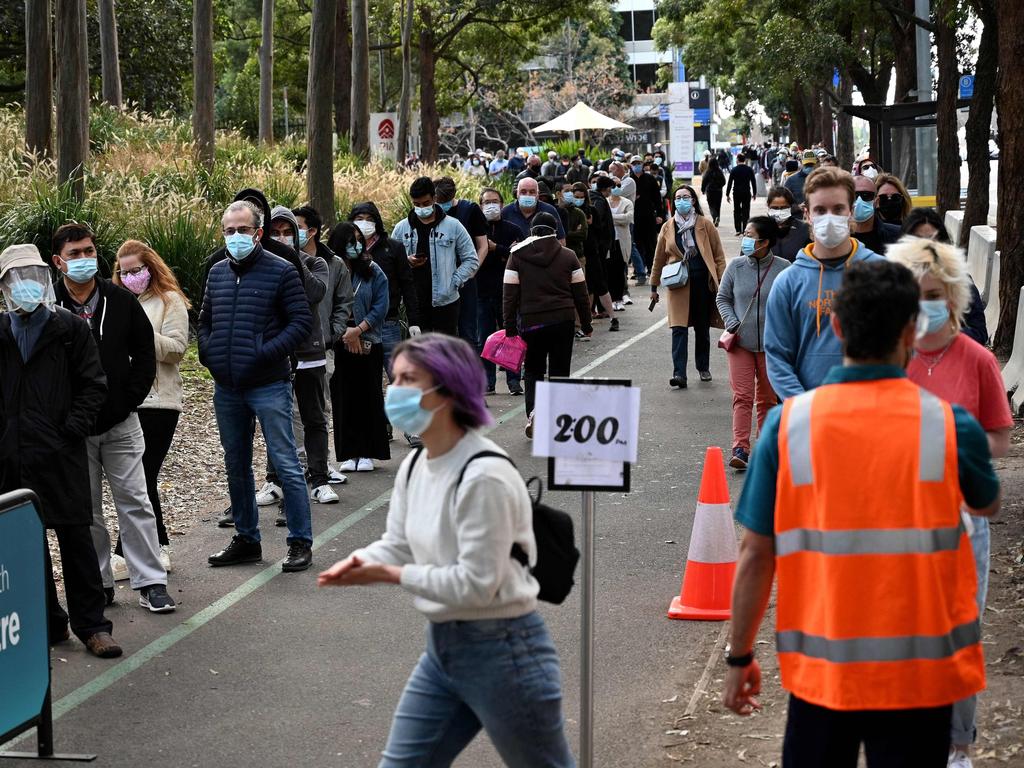
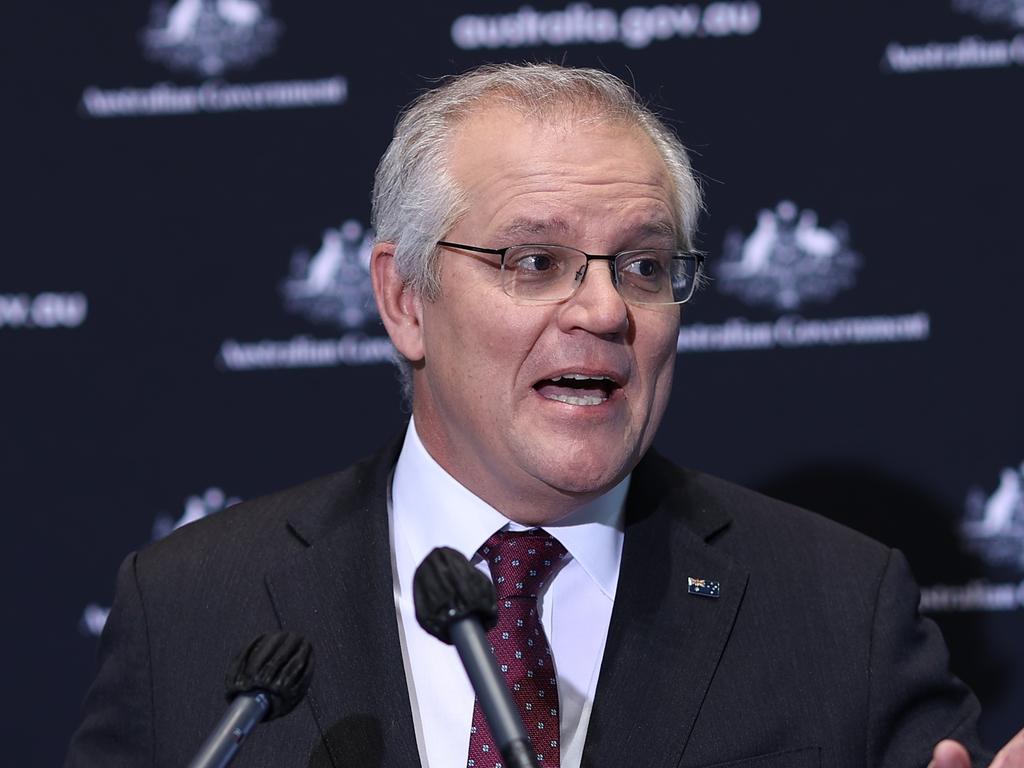
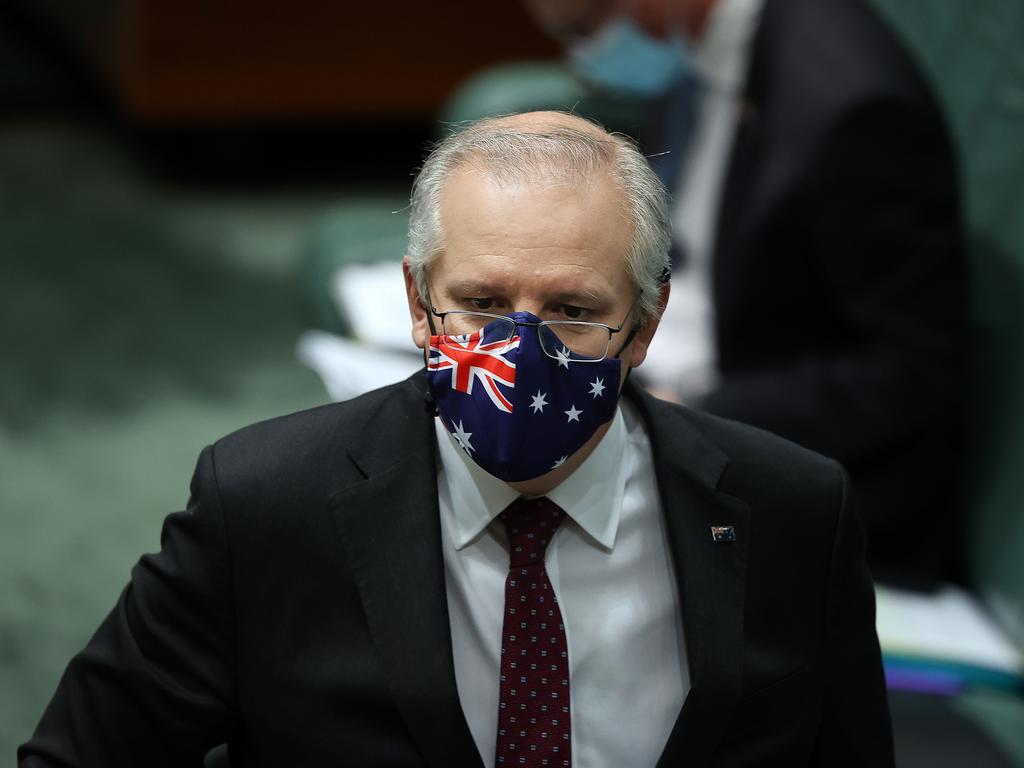
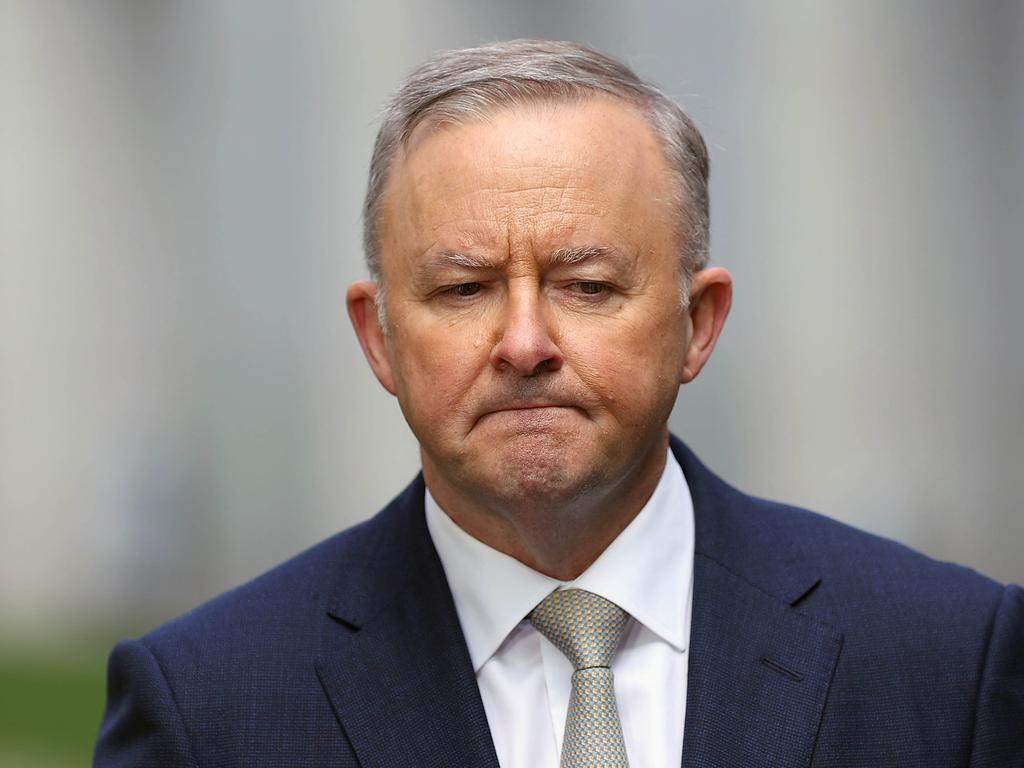
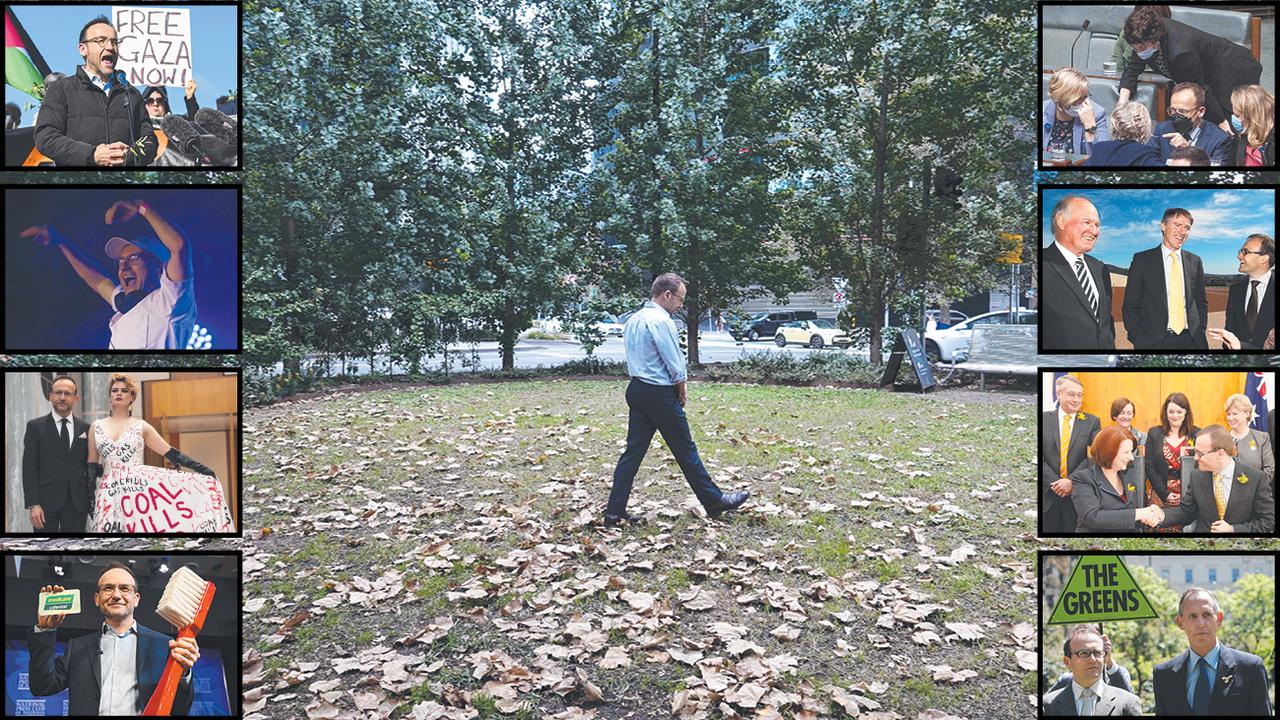
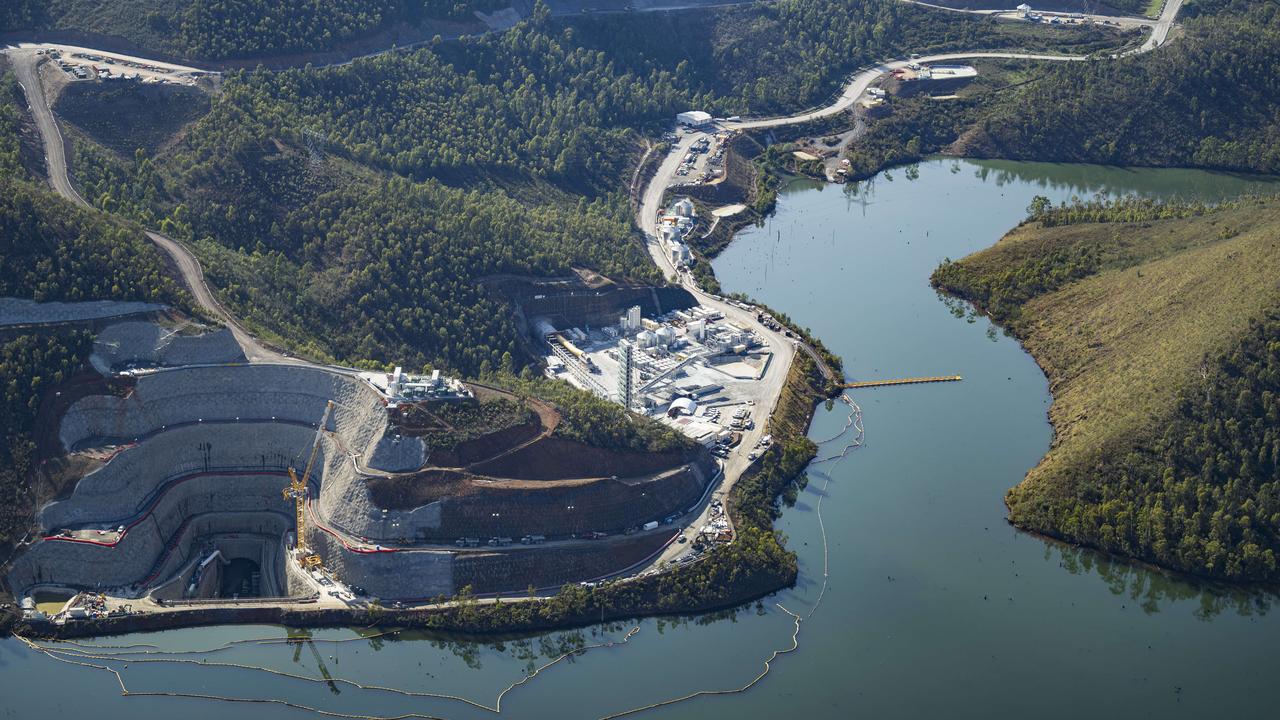
To join the conversation, please log in. Don't have an account? Register
Join the conversation, you are commenting as Logout